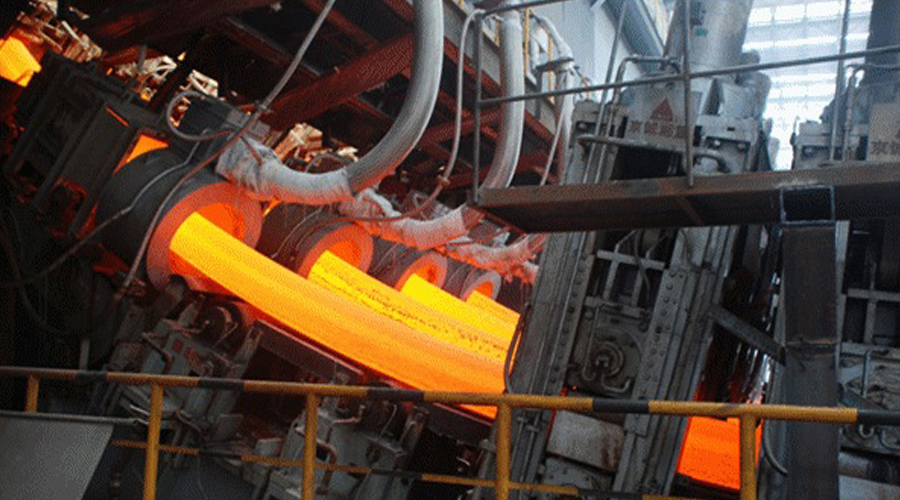Continuous Caster – Billet Continuous Casting Machine
In this article, we take an in-depth look at how the continuous billet caster works, its advantages over traditional casting methods, and its impact on the steel industry as a whole. We’ll explore the various components of a continuous casters, the casting process and the benefits it brings to steelmakers. In addition, we will discuss the future prospects of this technology and its potential to further develop steel production.
Billet Continuous Caster: A Breakthrough In Steel Manufacturing
The billet caster is a complex machine that changed the way steel is produced. The traditional casting method involves pouring molten metal into a mold, which then cools and solidifies to form a billet.
However, this process is time-consuming and can result in uneven cooling, resulting in inconsistent quality and increased scrap rates. The billet caster eliminates these problems by enabling the continuous production of billets, ensuring uniform cooling and improving quality control.
Components of Billet Casters
A typical billet caster consists of several key components that work in harmony to produce high-quality billets. These components include ladle turrets, tundishes, molds and strand guidance systems. The ladle turret is responsible for transferring molten metal from the ladle to the tundish, which acts as a reservoir for the molten steel. The tundish ensures a continuous flow of molten metal into the mold where the steel is formed into a billet.
The mold is an important part of the continuous casting machine because it determines the shape and size of the billet. It is made of heat-resistant material and uses water cooling to quickly solidify the molten steel. The strand guide system guides the solidified billet out of the mold and supports it as it moves during the casting process. It ensures that the blank retains its shape and quality as it further cools and solidifies.
Advantages Of Billet Caster
Using billet continuous caster technology offers many advantages over traditional casting methods.
First, it allows for a continuous, uninterrupted production process, thus saving considerable time and costs. This technology eliminates the need to change molds and reduces the downtime associated with traditional casting methods.
In addition, the billet continuous casting machine ensures the stability of billet quality and the improvement of mechanical properties. The controlled cooling process eliminates internal defects such as porosity and segregation, resulting in a higher quality end product. In addition, the continuous casting process can precisely control the size of the billet, thereby improving the dimensional accuracy and reducing the scrap rate.
Impact on the steel industry
The introduction of the billet continuous casting machine has had a profound impact on the iron and steel industry. It revolutionized steel production by increasing efficiency, reducing costs and improving product quality. With the ability to consistently produce high-quality billets, steelmakers can meet growing demand for steel products while maintaining a competitive advantage.
In addition, billet casters contribute to sustainable manufacturing practices. The reduction in scrap rate and energy consumption makes the production process more environmentally friendly. Continuous casting technology enables better use of resources and reduces waste generation, making it a greener alternative to traditional casting methods.
Future Prospects & Progress
The continuous development and improvement of billet casting technology offers great prospects for the future of steel manufacturing. Advances in automation and control systems have further increased the efficiency and accuracy of the casting process. Real-time monitoring and data analysis enable operators to make informed decisions, optimize casting parameters and maximize production.
In addition, ongoing research and development is aimed at exploring new alloys and optimizing casting parameters to produce higher quality billets. The integration of artificial intelligence and machine learning algorithms offers great potential for the further development of billet casting technology. These advances will continue to push the boundaries of steel manufacturing, ensuring the industry is more sustainable and efficient.
Billet continuous caster have transformed steel manufacturing, offering a more efficient, cost-effective and sustainable alternative to traditional casting methods. Its ability to consistently produce high-quality billets has revolutionized the industry, allowing steelmakers to meet the demands of a rapidly growing market. With continuous progress and research, the future of continuous billet casting technology looks promising, promising further improvements in productivity, quality and sustainability in the steel industry.

